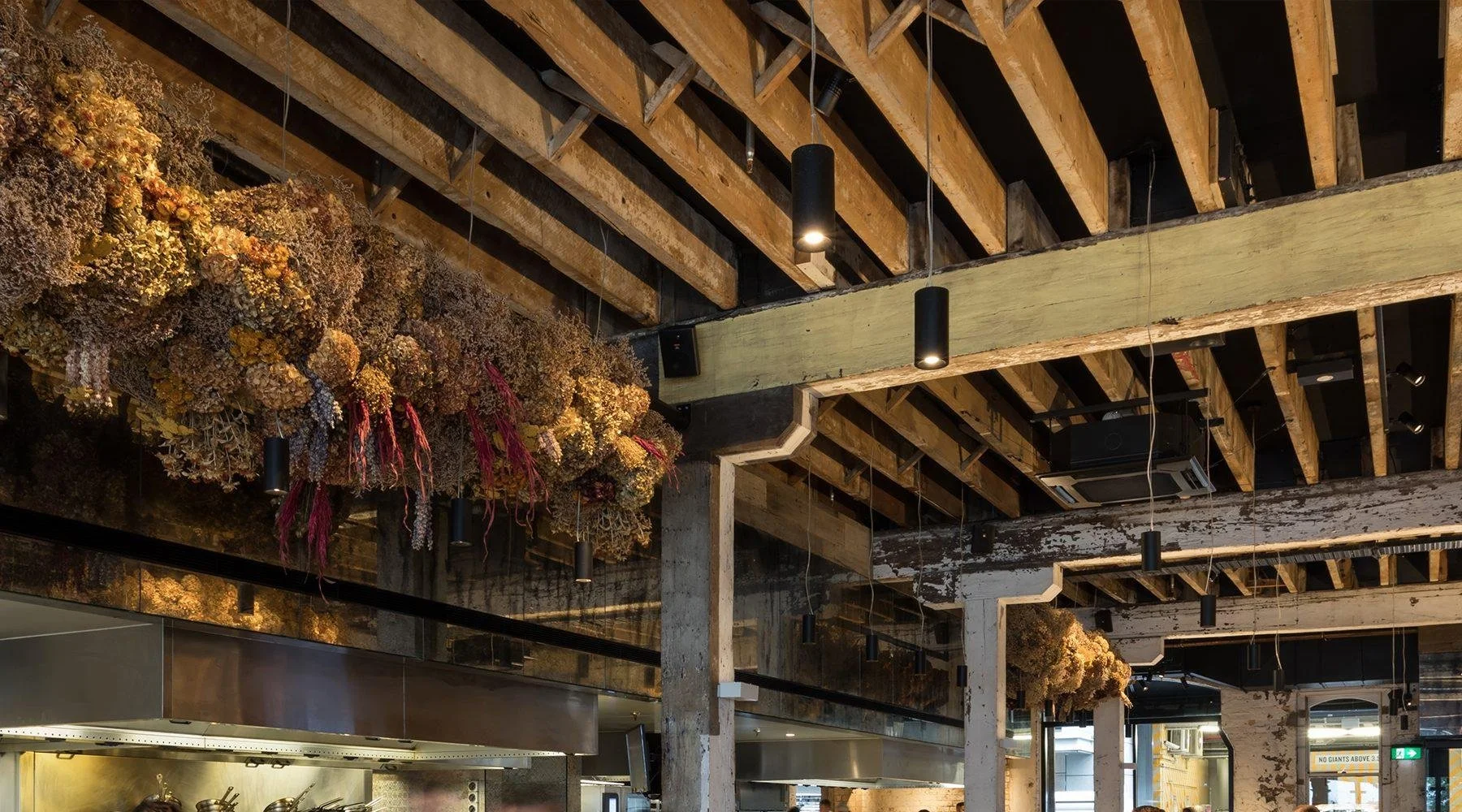
Restaurant Acoustics: How to Reduce Noise and Improve the Dining Experience
The Forgotten Element of Restaurant Design
Dining out is a multi-sensory experience. Guests visit restaurants to enjoy food they might not prepare at home, in an atmosphere that’s either vibrant and buzzing or calm and intimate.
Restaurant designers devote significant effort to creating the right ambience:
How bright should the lighting be?
Which colours bring the space to life?
What construction materials and fittings best suit the style?
Yet, despite the attention given to lighting, décor, and finishes, restaurant acoustics are often overlooked.
Why Modern Restaurants Are Too Noisy
Minimalist design trends favour hard, reflective materials such as steel, concrete, glass, and timber. While visually striking, these surfaces offer no acoustic absorption.
The result? Sound bounces around the room, causing reverberation and echo that make it difficult for diners to converse and staff to work comfortably.
Noise Adds Ambience — But Too Much Is Harmful
Some level of auditory ambience is desirable. A completely silent restaurant would feel awkward, much like dining in a library. But poor acoustic design and the absence of acoustic treatment can lead to:
Unpleasantly high noise levels
Strained conversations
Staff fatigue
Reduced customer satisfaction and repeat business
The Health Risks of Excessive Restaurant Noise
Prolonged exposure to high noise levels isn’t just irritating — it’s a health hazard. Risks include:
Hearing loss and tinnitus
Elevated stress levels and increased annoyance
Lowered immune function, making people more prone to illness
A University of Manchester study even found that background noise unrelated to food can negatively influence taste perception and overall meal enjoyment.

Understanding the Numbers: Decibels in Context
It’s not uncommon for restaurant sound levels to reach 80–90 decibels (dB), with some peaking at 95 dB. For perspective:
Normal conversation: ~60 dB
Alarm clock: ~80 dB
Power tools: ~90 dB
Spending two hours dining next to the equivalent of a circular saw is hardly appealing.
Workplace safety standards classify prolonged exposure above 85 dB as harmful. Safe Work Australia mandates 85 dB as the limit for work without hearing protection — making noise an occupational health and safety issue for restaurant owners and staff.
Acoustic Solutions for Restaurants
Excessive noise is entirely treatable. Ideally, acoustic treatment should be incorporated during the design and fitout phase, allowing solutions to blend seamlessly with the venue’s aesthetics.
However, for existing venues, retrofitting noise control measures is straightforward and cost-effective.
Common acoustic treatments include:
Wall panels – Reduce echo and reverberation
Ceiling panels and baffles – Absorb sound in large, open spaces
Acoustic fins and dividers – Break up sound paths and add visual interest
Sustainable and Stylish Acoustic Options
Modern acoustic solutions, such as Autex Acoustics products, combine performance with sustainability:
Made from polyester fibre containing at least 60% recycled PET plastics
Lightweight, easy to install, and highly durable
Available in a wide range of colours, shapes, and finishes — including photorealistic textures like brick, marble, and wood
Free from Volatile Organic Compounds (VOCs), which can cause respiratory irritation
When installed by experts at Ultraviolet, these solutions reduce excessive noise without sacrificing the natural buzz and energy that make a restaurant lively.
The Business Case for Better Restaurant Acoustics
By prioritising noise control, restaurant owners and designers can:
Protect staff and customer health
Enhance the dining experience
Increase customer satisfaction and loyalty
Boost dwell time and revenue
In short: Good food deserves good acoustics. By investing in effective restaurant acoustic treatments, you can create a space where the sound complements the flavours — not competes with them.
